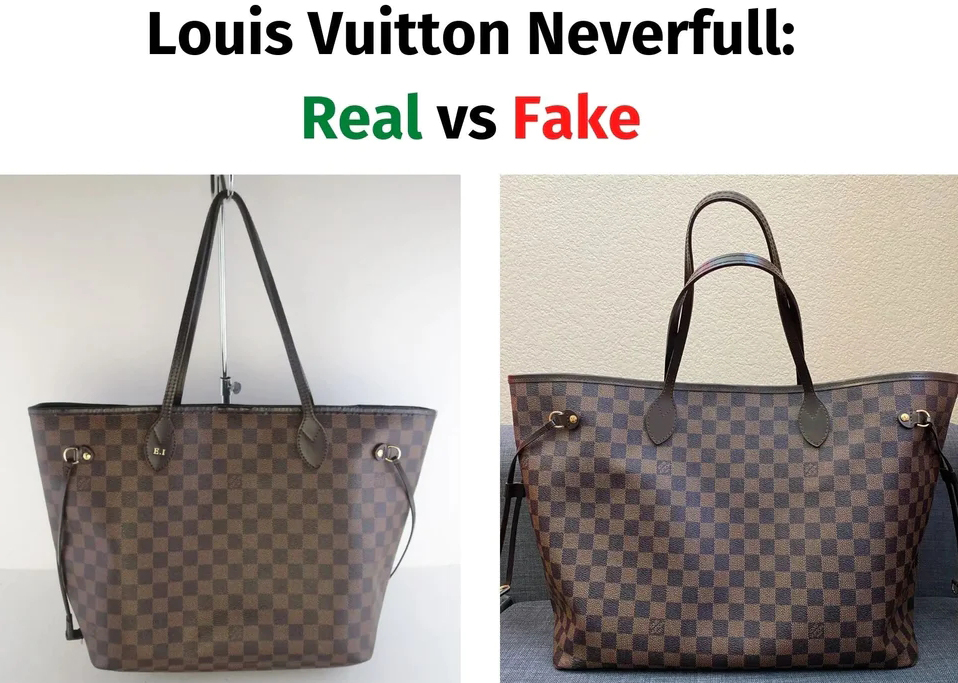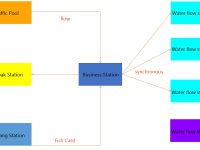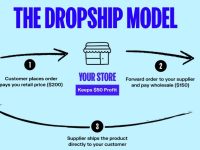Understanding the Global Market for Designer-Inspired Products: Origins, Growth, and Business Landscape
Introduction
Many years ago, I became deeply familiar with the replica industry. Today, I’d like to offer a structured, comprehensive overview of how this industry works, where it comes from, and where it’s headed.
What Are Designer-Inspired Products?
Designer-inspired or lookalike products are items that resemble branded products in appearance, design, and craftsmanship—but are not officially licensed or authorized by the original brand. These products are often manufactured by third-party factories and sold independently through various channels, including e-commerce platforms and independent websites.
The roots of this business trace back to China’s early OEM (Original Equipment Manufacturing) model. Just like Foxconn manufactures for Apple, factories in cities like Putian produced goods for global brands like Nike and Adidas. These factories, after fulfilling official orders, sometimes continued producing similar items using the same materials, molds, and processes—but without brand authorization.

As a result, high-quality, unauthorized versions of popular sneakers and apparel began appearing at significantly lower prices, not just in China, but across global markets: the U.S., Canada, Russia, Europe, Australia, and South America.
The appeal? The craftsmanship was often indistinguishable from the original, but the cost was a fraction of the brand-name retail price.
Expansion into Luxury-Inspired Items
Beyond sportswear and sneakers, the designer-inspired trend extended into luxury goods:
Watches: Especially concentrated in Guangzhou’s Station West Clock Center, precision-crafted watches are created by well-known producers like N Factory, TF, and ZF. These are often referred to as “1:1” or “mirror-grade” watches due to their high fidelity.
Luxury Bags & Leather Goods: Found in wholesale hubs like Baiyun Leather Center, Shiling Town, and Sanyuanli. From Louis Vuitton and Gucci to lesser-known brands, there’s a full spectrum of quality levels—from standard alternatives to premium versions that use genuine leather and stitching similar to the original.
Jewelry, Perfume, Clothing, Accessories: Other segments include high-grade designer-style jewelry, niche perfumes, sunglasses, belts, and scarves—mostly produced and distributed through dedicated districts in Guangzhou like Meibo Center and International Trade Center.

Global Demand and Consumer Psychology
Despite some stigma surrounding replicas, the global demand remains massive. Countries like the UK, France, Germany, Italy, Spain, Brazil, Canada, South Africa, and many Southeast Asian nations continue to show strong interest in affordable, fashionable alternatives.
Why do people buy them?
To enjoy a high-end aesthetic without paying for brand premiums.
For events, parties, and public appearances.
As stylish, functional items that fit their budgets.
Fashion-conscious consumers—young and old—have embraced designer-inspired accessories and apparel as part of daily life.
Industry Supply Chain and Classification
The designer-inspired product market has become highly organized:
Large factories produce precision-crafted pieces with meticulous attention to detail.
Workshops and small-scale manufacturers produce more budget-friendly versions.
Items are often classified into:
Standard-grade: Similar in design, but with noticeable material and build differences.
1:1-grade: Near-identical copies using premium materials and production techniques.

Legal Risks and Online Sales Reality
A common concern among newcomers is whether selling designer-inspired goods is illegal. Here’s the real picture:
Manufacturing without authorization is clearly illegal—especially in large volumes.
Publicly displaying or selling replicas in physical stores can result in fines or shutdowns.
Listing replicas on platforms like Amazon or eBay leads to takedowns or account bans.
Running independent e-commerce websites with anti-complaint tools and secure payment systems dramatically reduces risk.
In short, risk increases with exposure and proximity to production. Sellers using private websites, full disclosure, and discretion usually operate without incident.
Why the Industry Persists
Despite legal gray areas, this market continues to grow for three reasons:
Global consumer demand for affordable luxury remains strong.
Information asymmetry: Many consumers are unaware of replica sources or supply chains.
Profit margins: Buying wholesale and reselling internationally is highly profitable.
As long as sellers are honest about the nature of their products—offering good quality at accessible prices—consumers will continue to buy. For many buyers, it’s a clear-eyed, budget-conscious decision.
Final Thoughts
Having worked in this industry for years—building e-commerce sites and supporting clients in multiple countries—I’ve witnessed firsthand the size, resilience, and opportunity of the designer-inspired product space.
For those considering entry, it’s important to understand the legal boundaries, maintain transparency with buyers, and focus on quality. This isn’t about deception—it’s about meeting real market demand with smart strategy and operational care.
This overview is a window into a world that’s often misunderstood but undeniably influential in today’s global commerce.





